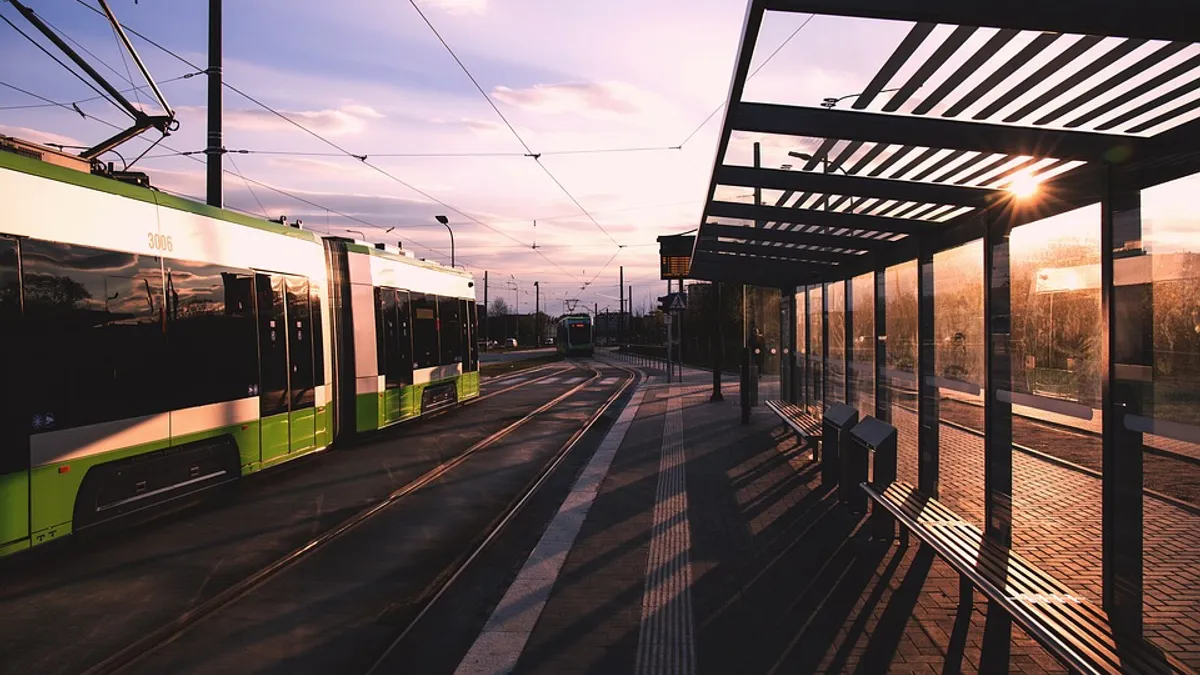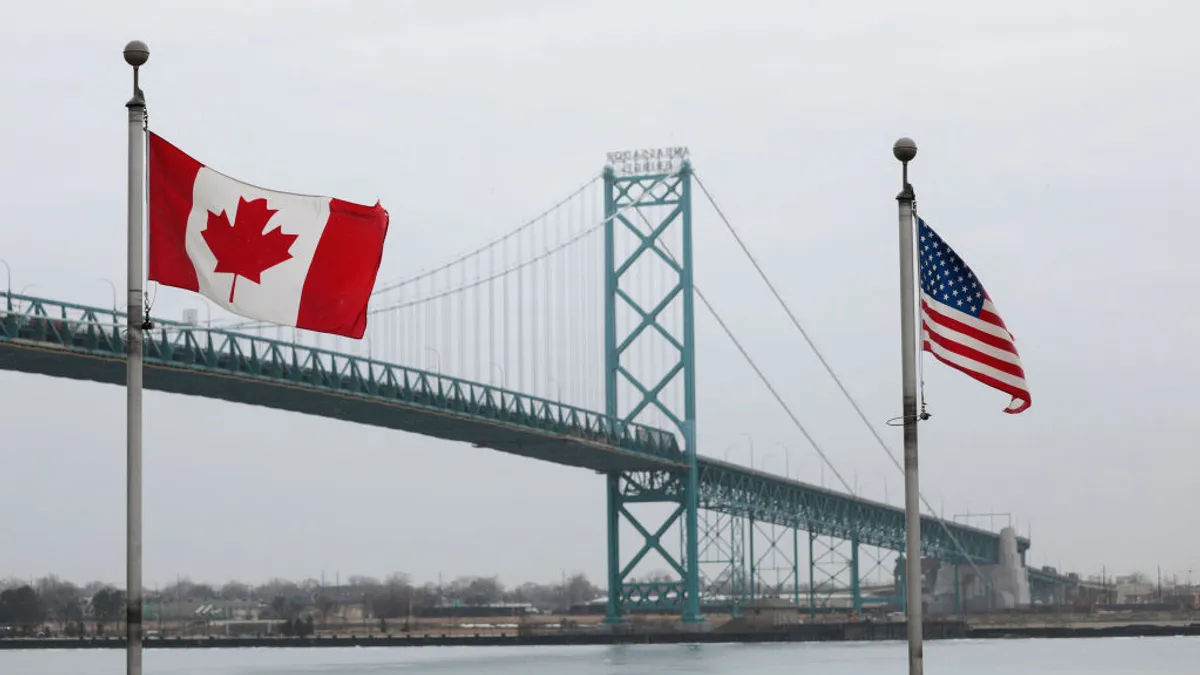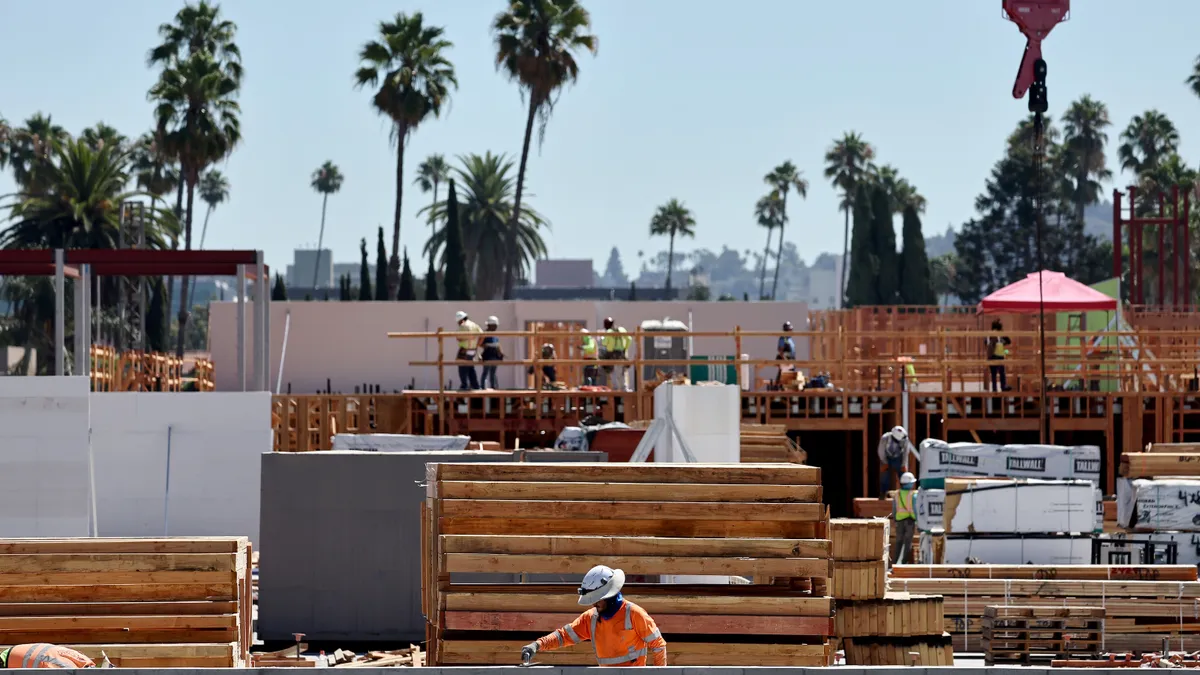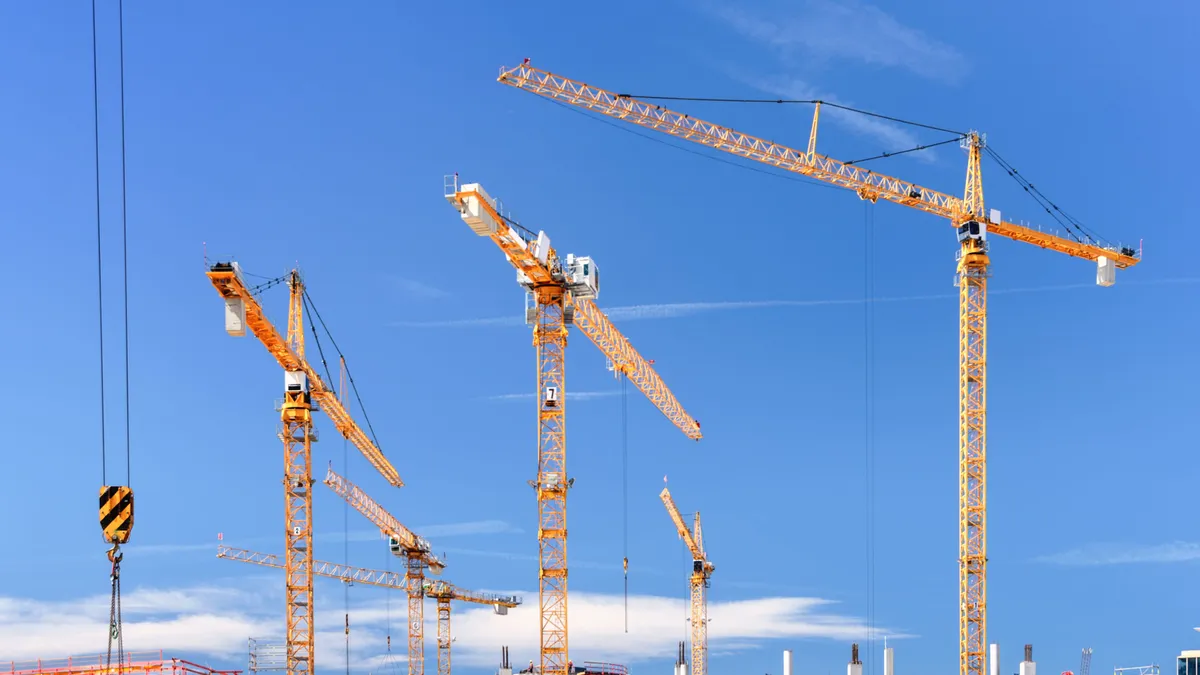Infrastructure work may be heating up again with whisperings of President Donald Trump’s administration reinitiating the $1 trillion infrastructure plan promised during his 2016 presidential campaign. The administration claims to be willing to increase the federal share of the infrastructure program significantly from the 20% referenced in previous iterations — a move that may draw Democrats back into negotiations.
Whether federal legislation will come to fruition or not in 2019, investments nonetheless are being made in the space. A December Wall Street Journal analysis of state and local revenue collection and spending found that public agencies are increasing their infrastructure investments and making headway on long-delayed projects. Much of that money is tax revenue stemming from increased consumer spending.
Although it’s hard to predict what 2019 may bring, Construction Dive has rounded up some of the biggest infrastructure initiatives already underway across North America as the year begins.
Nebraska’s $12.5B plans
In Nebraska’s 2018 State Highway Needs Assessment report, Nebraska DOT director Kyle Schneweis shared the state’s plans to spend billions of dollars in the next 20 years on highway maintenance and construction needs. About $500 million will be needed annually for construction expenditures. The total $12.5 billion is distributed as follows:
-
$7.1 billion will go toward asset preservation, including $6.4 billion toward pavement preservation alone and the remaining funds toward bridge preservation.
-
$3.6 billion toward the capital improvements of roadway expansion and grade separations.
-
$1.8 billion to modernization of roadways, bridges, rail crossing and rural transit.
One of the biggest proposed undertakings, reported the Lincoln Journal Star, is expanding 17 miles of Interstate 80 west of Lincoln, Nebraska, to six lanes. That project would necessitate acquiring rights-of-way, new pavement, replacing eight overhead bridges, reconstructing interchanges, grading, culverts, lighting and rest area improvements.
Lincoln’s $300 million 7.5-mile South Beltway, which has been inching closer to reality, also may receive funds so that the build process can be started, with construction beginning as early as spring 2020.
New Jersey is another state investing big money into its transportation infrastructure, having recently announced plans to launch more than $1 billion of projects this year alone. Connecticut’s DOT, likewise, is planning to spend $12 billion in the next five years on infrastructure, pending approval from state lawmakers.
Democrat to propose $300B bond package to fund infrastructure
Rep. John Yarmuth, D-Ky., plans this month to introduce legislation authorizing bond sales to create an infrastructure bank, Bloomberg reported. Yarmuth, who will lead the House Budget Committee, expects it may get rolled into a larger public-works package Democrats want to pass upon regaining control of the House.
Although specifics remain to be hashed out, up to $300 billion in “Rebuild America Bonds” will be sold to public and private pension funds. The resulting revenue will finance a national bank that will extend loans for work on roads, bridges and other aging infrastructure. The total number will be nearly twice the amount of long-term debt state and local governments sell for new projects each year, according to Bloomberg data.
How to pay for infrastructure improvements has been a source of much debate. Rep. Peter DeFazio, D-Ore., who is set to become chairman of the House Transportation and Infrastructure Committee, has suggested raising the federal fuel tax by 1.5 cents a year, which could contribute up to $17 billion each year toward the nation’s transportation system. It also would add funds to the dwindling Highway Trust Fund in what would be the first federal gas tax hike in 25 years.
Despite the president’s hope for $1 trillion in infrastructure spending, even that might not be enough. The American Society of Civil Engineers last year estimated it would take $4.6 trillion by 2025 to perform the country’s necessary infrastructure improvements.
Report: Tennessee water infrastructure in need of $15.6B
Repairs and upgrades to aging sewer and drinking water systems in Tennessee will take $15.6 billion to fix over the next 23 years, according to a state report. In addition, utilities will have to spend $4.1 billion to keep pace with population growth and the corresponding need for more capacity. Gov. Bill Haslam’s TN H2O plan assessed the state’s current water resources and made recommendations so water resources can support population and economic growth through 2040.
The various committees working on specific report elements recommended several solutions to ensure water supply systems remain sustainable:
-
Establish mechanisms to address underserved areas, infrastructure repair/replacement issues and funding shortfalls in rural systems.
-
Acknowledge and address security concerns, as well as project technical personnel needs for systems operations.
-
Promote federal water project management, which includes locks and dams.
Wastewater components like pipes and pumps often have lifespans of 30 or 40 years, but many systems installed in the 1970s and 1980s have not been maintained, contributing to the new plan’s high price tag. The money also would go toward fixing sewer systems that are overflowing. Approximately 20% of municipal sewer systems are under moratorium because of excess overflows, reported The Tennessean.
Water infrastructure around the country is in need of repair and upgrading. In October, President Donald Trump signed America’s Water Infrastructure Act of 2018, which authorized nearly $6 billion of projects. The Water Infrastructure Finance and Innovation Act was reauthorized under it, and $3.6 billion of Army Corps of Engineers projects were as well.
More recently, the U.S. Department of Agriculture announced its intent to invest $1.2 billion in water and wastewater infrastructure in rural areas in 46 states. Through the Water and Waste Disposal Loan and Grant program, USDA will finance 234 water and environmental infrastructure projects, including those relating to drinking water, stormwater drainage and waste disposal systems for rural communities with 10,000 or fewer residents.
Bombardier wins $669M deal in New Jersey
Montreal-based Bombardier recently won a $669 million deal to supply rail cars for New Jersey Transit, reported Bloomberg. If the rail operator decides it needs more equipment at a later date, that project could expand to $3.6 billion. At the same time, however, the company lost a $1 billion pact to provide locomotives and passenger cars to Canada’s Via Rail, which Bombardier said made it “extremely disappointed.”
That contract instead went to Siemens AG because of its on-time delivery, said government-owned Via Rail, whose passenger traffic has increased by more than 30% since 2014. The order includes 32 bi-directional train sets and options for 16 more. Deliveries for testing will commence in 2021, with passenger service beginning one year later. During the next five years, Via Rail plans to retire its existing fleet, which includes some of the oldest trains in North America at an average of 35 years.
This also marked Bombardier’s second major loss in Canada this year, after Caisse de Depot et Placement du Quebec chose Alstom SA, based in France, to make trains for a CA$6.3 billion automated system in Montreal.
Rail projects often represent billions of dollars of investment. California is in the midst of perhaps the priciest rail project in the nation with its $77 billion bullet train. Authorities project costs could continue to climb as high as $98 billion. It still faces numerous challenges, including funding shortfalls and, according to a November audit, poor planning and project mismanagement.
Texas is preparing for its own high-speed rail system that will connect Dallas and Houston. Salini Impregilo will lead the $12 billion to $15 billion project, which will create 10,000 jobs per year during construction and 1,500 permanent jobs once the line is fully operational.





















